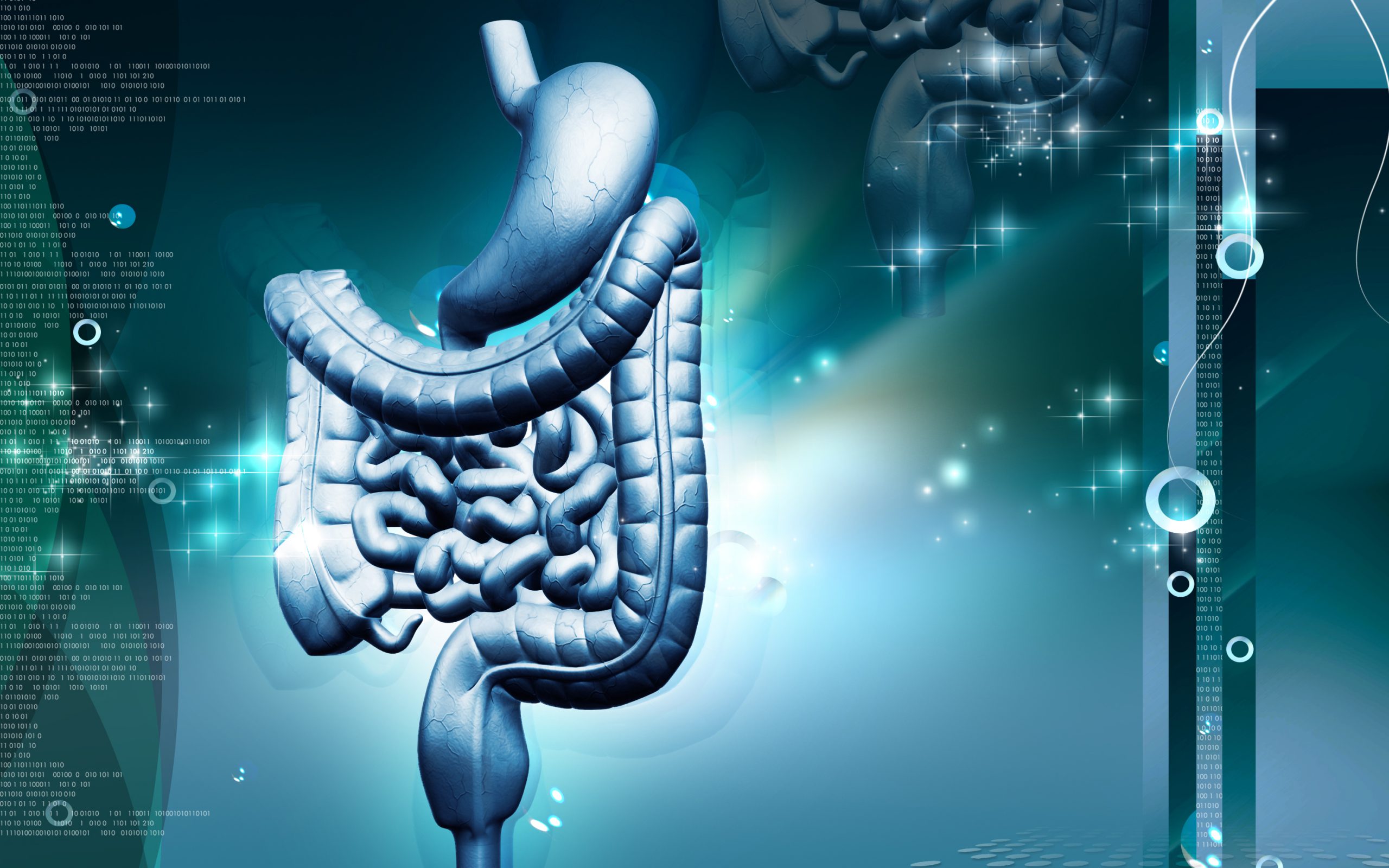This is the sixth blog in a new series that introduces the major systems in the human body. In this blog, we’ll cover the digestive system.
The digestive system consists of the gastrointestinal (GI) tract and accessory organs. The mouth, esophagus, stomach, small intestine, large intestine, and anus make up the GI tract. The accessory organs include the liver, pancreas, and gallbladder.
The mouth tests food to see if it is suitable for consumption and prepares food for swallowing by chewing and adding mucus and digestive enzymes. The esophagus is a muscular tube that transports food and liquid from the pharynx to the stomach. The stomach mixes and partially digests food through gastric (stomach) secretions. The small intestine is divided into the duodenum, jejunum, and ileum. It is responsible for digesting food and absorbing digestive products. The role of the large intestine is the reabsorption of electrolytes (minerals) and water and the elimination of waste. Finally, the anus facilitates your bowel movements.
Some functions of the liver include degrading toxic substances in the blood, producing bile for release into the intestine where it plays a role in the digestion of lipids (fats), and storing carbohydrates. The pancreas produces digestive enzymes and hormones regulating carbohydrate metabolism. The main function of the gallbladder is to concentrate and store bile.
Love them without losing yourself. The Boom Health app helps you manage your loved one’s home care in one app. Download the app from the App Store or Google Play Store.
This article is not intended to be a substitute for professional medical advice or diagnosis. Always seek the advice of your physician or another qualified health provider with any questions you may have regarding a medical condition.





